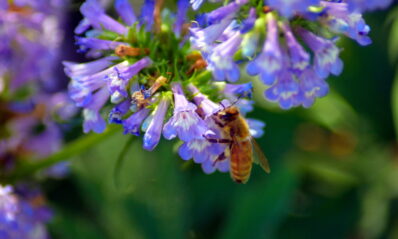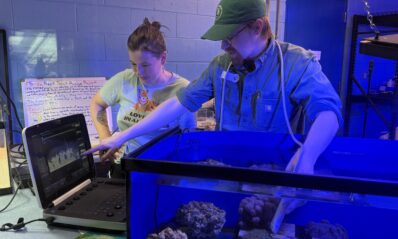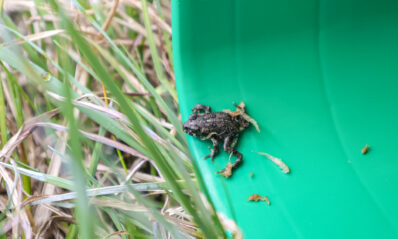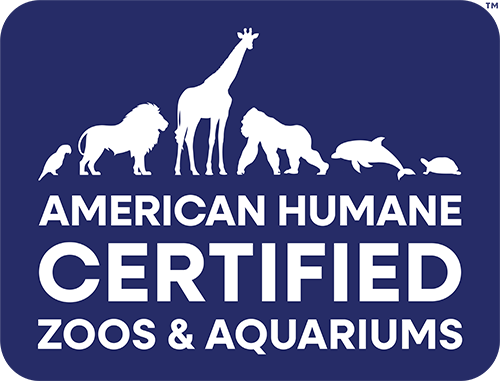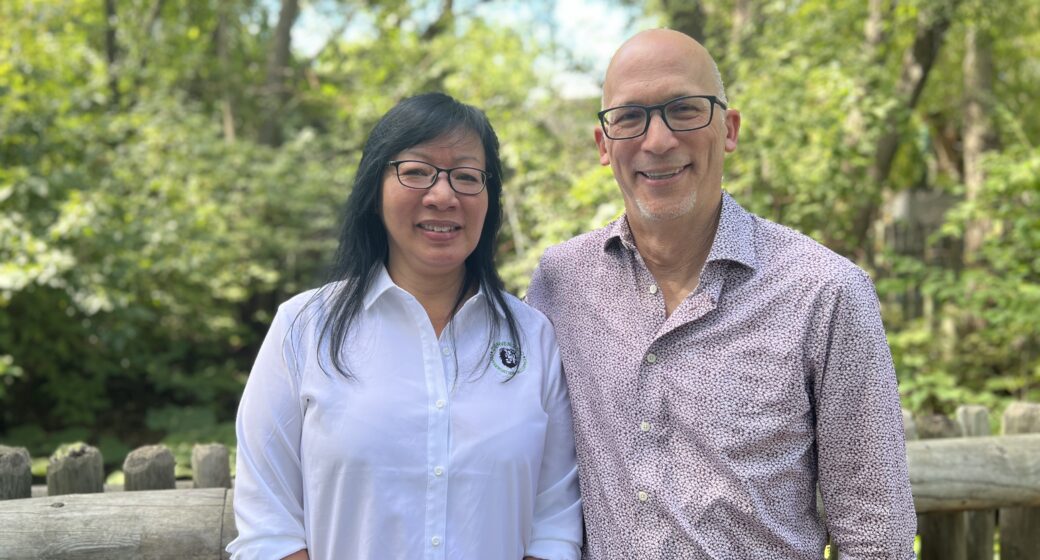
Discover how our team is using cutting-edge tools, like a prioritization tool developed through a collaboration with William & Mary, to ensure our efforts are targeted where they’re needed most.
Written By: Regional Conservation Director – Africa Lynn Von Hagen, Regional Conservation Director – Latin America Matt Herbert, and Director of International Field Conservation Angela Yang
As a zoo-based conservation organization, Denver Zoo Conservation Alliance (DZCA) supports conservation in Colorado and across the globe. These conservation programs are often centered around the species in our care so that we can connect Zoo visitors to the work of conservation practitioners working with species in the wild. We also support programs focused on wildlife listed as threatened by the International Union for the Conservation of Nature’s (IUCN) Red List. One of the interesting challenges to this kind of work is evaluating which species and landscapes fit within our strategic plan and need our support.
One of the ways we are addressing this challenge came from International Field Conservation Director Angela Yang’s vision: a prioritization tool that integrates relevant, publicly available scientific datasets into a spatial Global Information System (GIS) mapping platform that could be used to assess potential species and landscapes for conservation support. But what do you do when your ideas exceed some of your technical experience? Well, you collaborate with other experts of course! The idea started to become reality as Angela, who sits on the Advisory Board of the Institute of Integrative Conservation (IIC) at the College of William & Mary, started talking to Dr. Rob Rose, Executive Director of the IIC. DZCA formed a collaboration with the IIC and Dr. Karl Didier, an independent consultant, all coordinated by Dr. Lynn Von Hagen, DZCA’s Regional Conservation Director for Africa. With this combined vision and expertise, we are moving ahead with the prioritization tool, as well as other conservation planning projects with the William & Mary students.

For the prioritization tool, Evelyn Hall, an undergraduate student majoring in Integrative Conservation and Ecological Data Visualization, worked on this project as part of the Fall 2023 Conservation GIS lab. She integrated data layers from development, climate vulnerability, and corruption perception into ecological layers, forming the basis of the prioritization tool. The tool is nearing completion and beta testing, and we hope it will be useful as a planning tool for other zoos and organizations seeking to use scientific data to inform which conservation projects they invest in.
In addition to the prioritization tool, we also collaborated on another project with a group of undergraduate students from William & Mary that helped assess a species for conservation support. DZCA’s Regional Conservation Director for Latin America, Matt Herbert, has been working with Malvika Shrimali, Lucas Theobald, Cassidy Gersten, and Alexa Busby to develop a potential program plan for landscape-scale conservation in the Amazon basin of Peru, featuring jaguars as a focal species. The students are using the Conservation Standards, an internationally recognized toolkit for program development, implementation, and evaluation, to guide the process. The approach used by the students involves conducting a literature review and speaking with experts to identify threats to jaguars and their habitat, and potential mitigation strategies. This work focused on a geographic area identified as high priority in jaguar conservation strategies and by experts from Peru. A report with findings and recommendations will be presented to Matt in May for consideration as a future direction in DZCA’s biodiversity conservation efforts in the region.
Both the prioritization tool development and the species assessment are fitting examples of how multiple organizations can collaborate to create amazing products that help inform conservation decisions. As you can see, conservation is inherently interdisciplinary. These examples of collaboration also align with one of the important aspects of our global conservation strategy: maximizing our impact through science, innovation, and strong alliances. Indeed, working together to support species and landscapes in need is just one of the many ways Denver Zoo Conservation Alliance—with the help of our partners— is Inspiring Communities to Save Wildlife for Future Generations.
